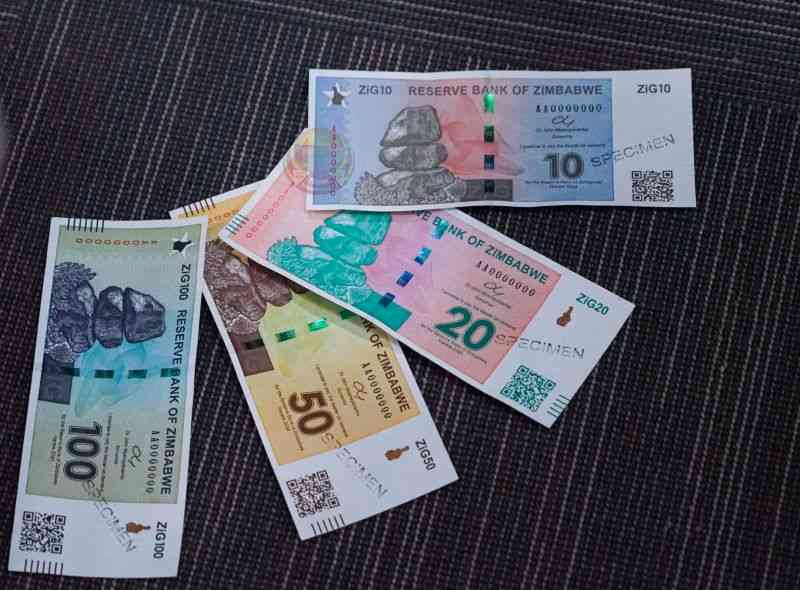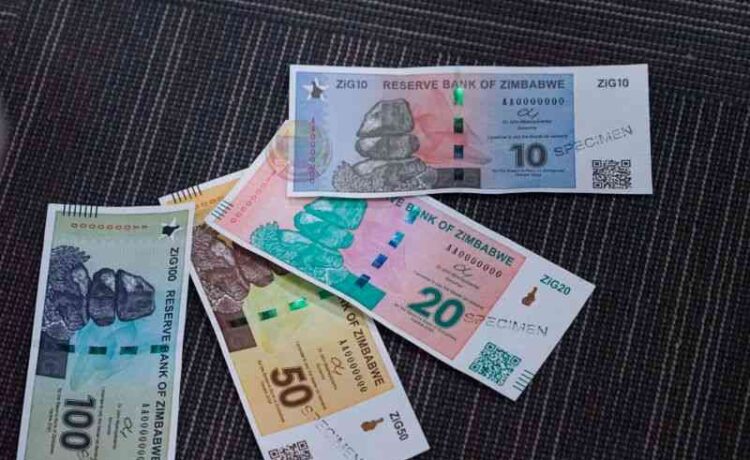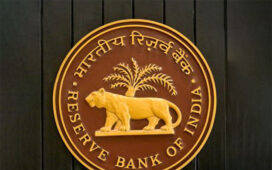
Zimbabwe’s southern regions have been operating differently all along, the fluidity being buoyed by the use of the rand, which has removed challenges such as change.
WHEN I travelled to Masvingo about a week ago, I faced first-hand the denial of the Zimbabwe Gold currency after trying to purchase a toothbrush from a Mucheke retail shop using a ZiG50 note.
“Iyoyo mari haishandi kuno mudhara, endai nayo kwamabva nayo ikoko ndiko kwainodiwa. Isu hatiidi zvachose. (We do not want this currency here. Take it back where you got it).
When the Reserve Bank of Zimbabwe introduced the ZiG in April 2024, authorities argued this would be the panacea to the country’s currency woes as ZiG is backed by gold and foreign currency reserves.
This is in a country, which witnessed historical hyperinflation that overshot world records, wiping out people’s savings as the local currency crashed in 2008.
Several other currency experiments followed, with each phase registering its own catastrophic results.
With this kind of background, the ZiG could not have better fortunes. Six months from its introduction, the ZiG was devalued by close to 43%.
As authorities play up figures, claiming the economy is registering phenomenal recovery, what is obtaining on the ground is different. Zimbabwe’s economy is clearly battered, while people’s lives, dreams and futures have also been shattered.
Visitors, including those from the celestial world, can see the disintegration and disparities on landing in Zimbabwe. The ordinary citizen is struggling with barely any disposable income, surviving hand-to-mouth day in, day out.
The few operational companies are heavily taxed, choking before closing down or throwing workers onto the streets.
The dedollarisation drive might have economic sense, but authorities need not rush things, but remain pragmatic, factoring in realities obtaining on the ground.
Zimbabwe’s southern regions have been operating differently all along, the fluidity being buoyed by the use of the rand, which has removed challenges such as change.
Besides the formally employed, who get part of their monthly payments in ZiG and may only use it when purchasing from formal retail outlets such as OK Zimbabwe and Pick n Pay, the rest may have to live with exchange rates that hover between ZiG50-60 for US$1.
A survey on the acceptance rate of the ZiG will reportedly be rolled out very soon. Hopefully, it will cover the length and breadth of the country, including areas where the ZiG is not known physically.
Proffering solutions on the basis of accurate data is perhaps the best and will aid those pushing the dedollarisation agenda substantially.
Zimbabwe no longer has space for currency experiments.
Currently, the government is battling with compensation of former farmers affected by the land reform programme, while another initiative is targeting pensioners who lost their savings when the local currency crashed in 2008. This amounts to billions of dollars.
The country cannot afford another experiment with people’s lives when we already know the results.



